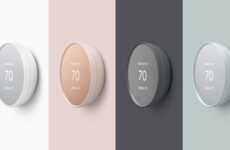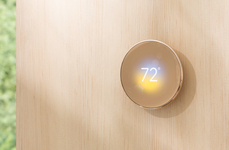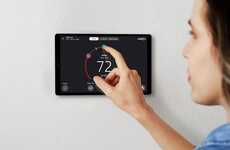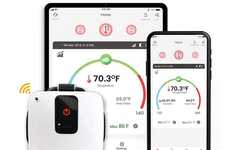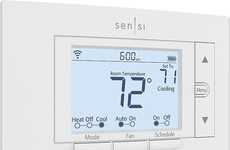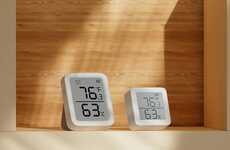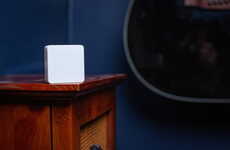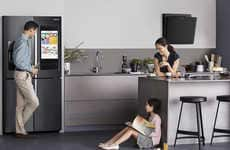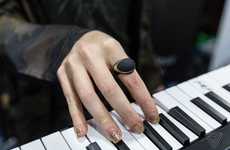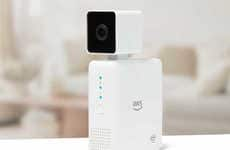
The Nest Temperature Sensor Works with the Nest Thermostat
Michael Hemsworth — March 17, 2018 — Tech
References: nest & geeky-gadgets
Thermostats will give a reading in one room and heat or cool accordingly which can subsequently be somewhat inefficient, so the Nest Temperature Sensor has been developed as a new way to enhance your existing setup.
Working with the Nest Thermostat, the sensors can be placed in the various rooms in your home to track the temperature at all times and providing heating or cooling accordingly. This could help to effectively limit the amount of energy used to keep your home at the optimal temperature by keeping a precise eye on what the entire house is experiencing rather than just one room.
The Nest Temperature Sensor is priced at $39 and is set to launch in April to enhance the home environment to be as comfortable as possible.
Working with the Nest Thermostat, the sensors can be placed in the various rooms in your home to track the temperature at all times and providing heating or cooling accordingly. This could help to effectively limit the amount of energy used to keep your home at the optimal temperature by keeping a precise eye on what the entire house is experiencing rather than just one room.
The Nest Temperature Sensor is priced at $39 and is set to launch in April to enhance the home environment to be as comfortable as possible.
Trend Themes
1. Smart Home Automation - Disruptive innovation opportunities include developing advanced home automation systems that can integrate with temperature-tracking room sensors.
2. Energy Efficiency - Disruptive innovation opportunities lie in creating energy-efficient heating and cooling solutions that can optimize temperature control based on room sensors.
3. Precision Temperature Control - Disruptive innovation opportunities exist in designing advanced temperature control systems that can provide precise room-by-room temperature adjustments based on sensors.
Industry Implications
1. Home Automation - Disruptive innovation opportunities can be found in developing smart home automation systems that integrate with temperature-tracking room sensors.
2. HVAC Systems - Disruptive innovation opportunities exist in the HVAC industry to create advanced temperature control solutions that can optimize energy usage based on room sensors.
3. Sensor Technology - Disruptive innovation opportunities lie in the sensor technology industry to develop more accurate and affordable room sensors for temperature tracking.
3.2
Score
Popularity
Activity
Freshness

